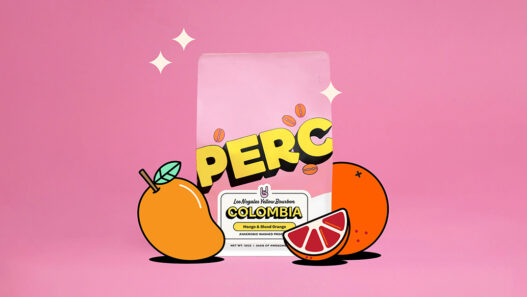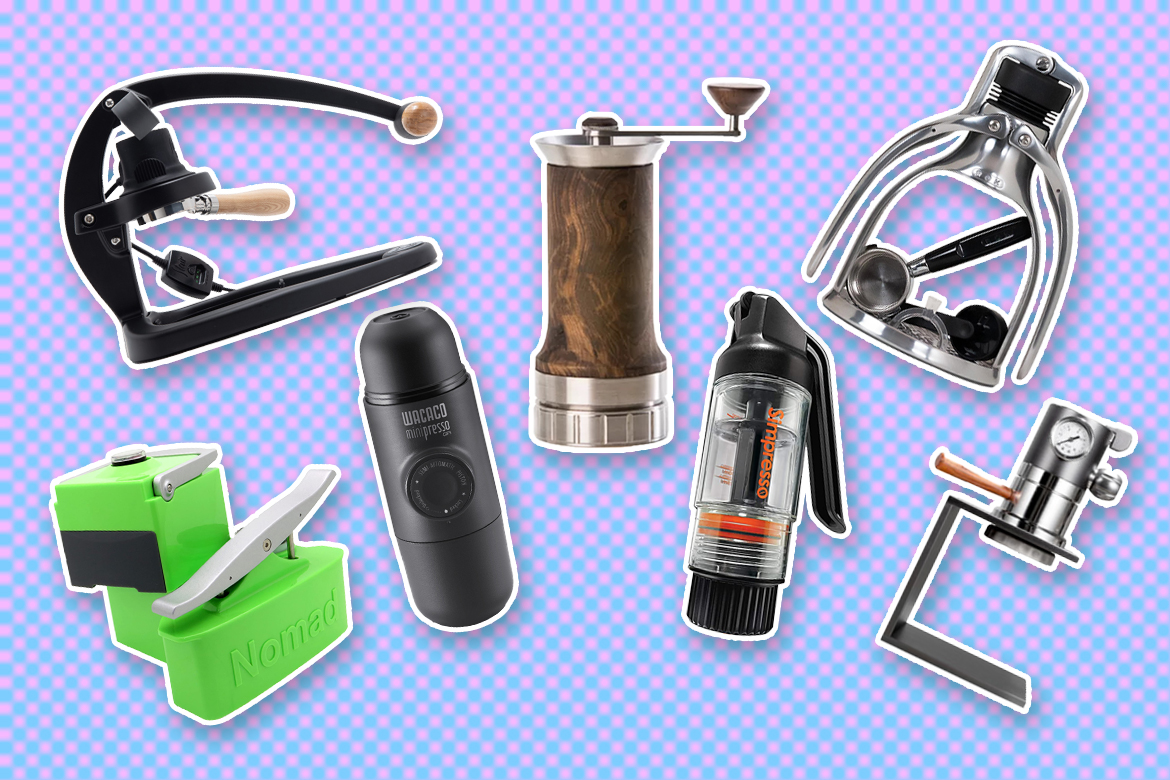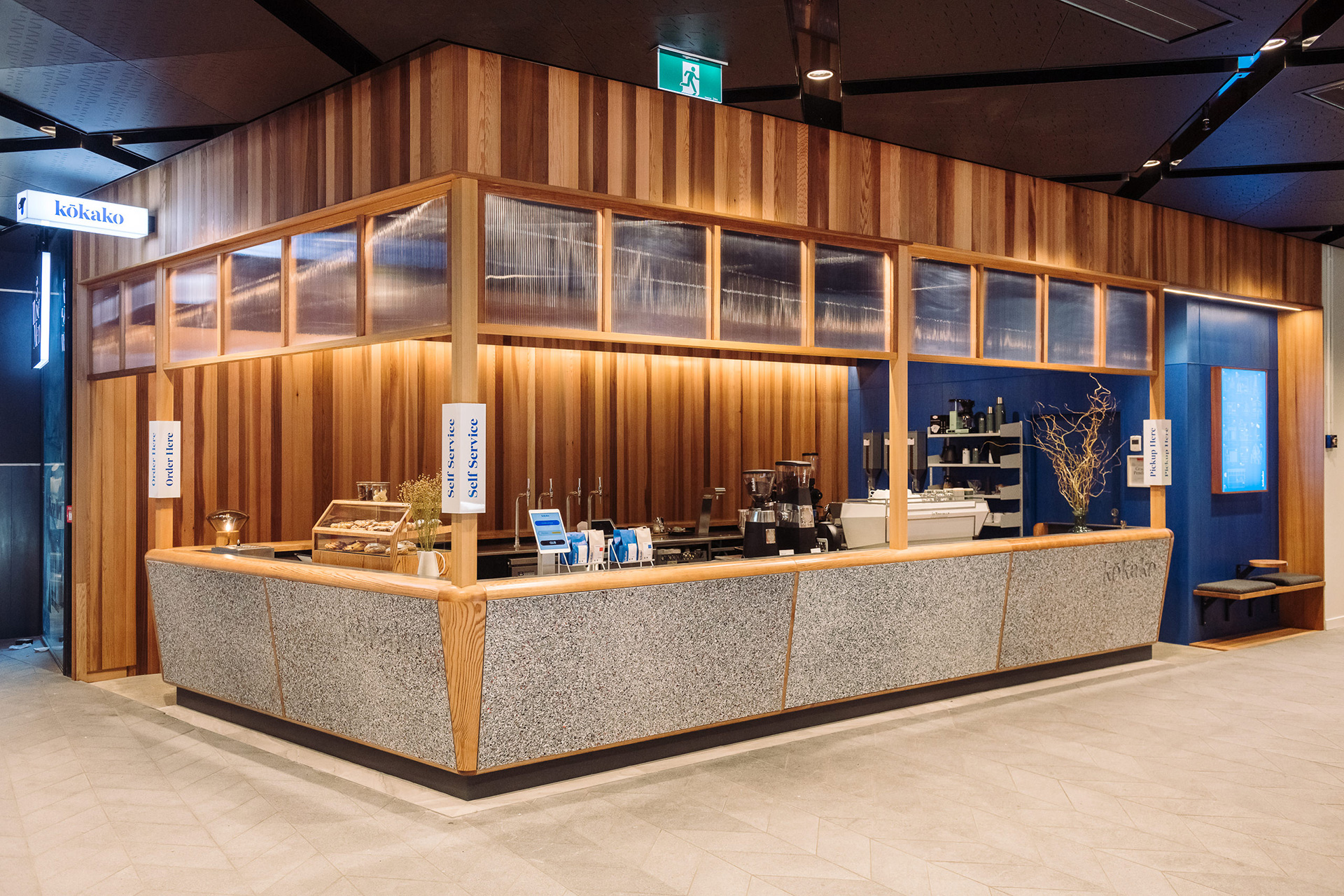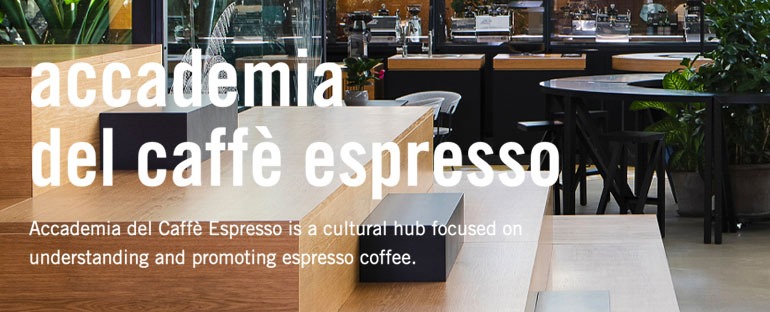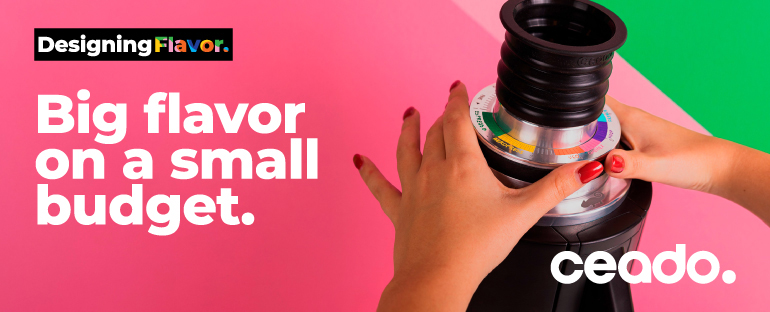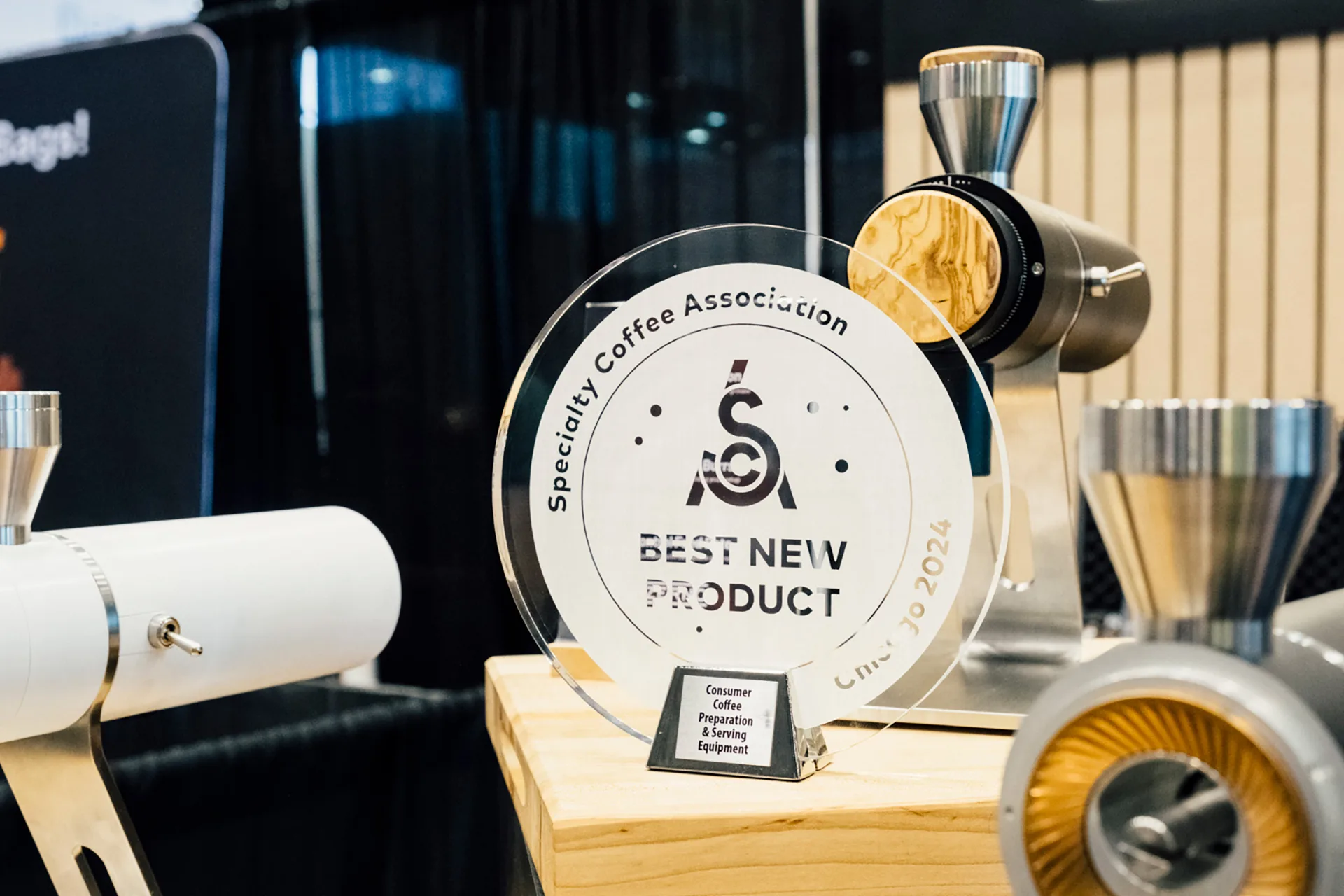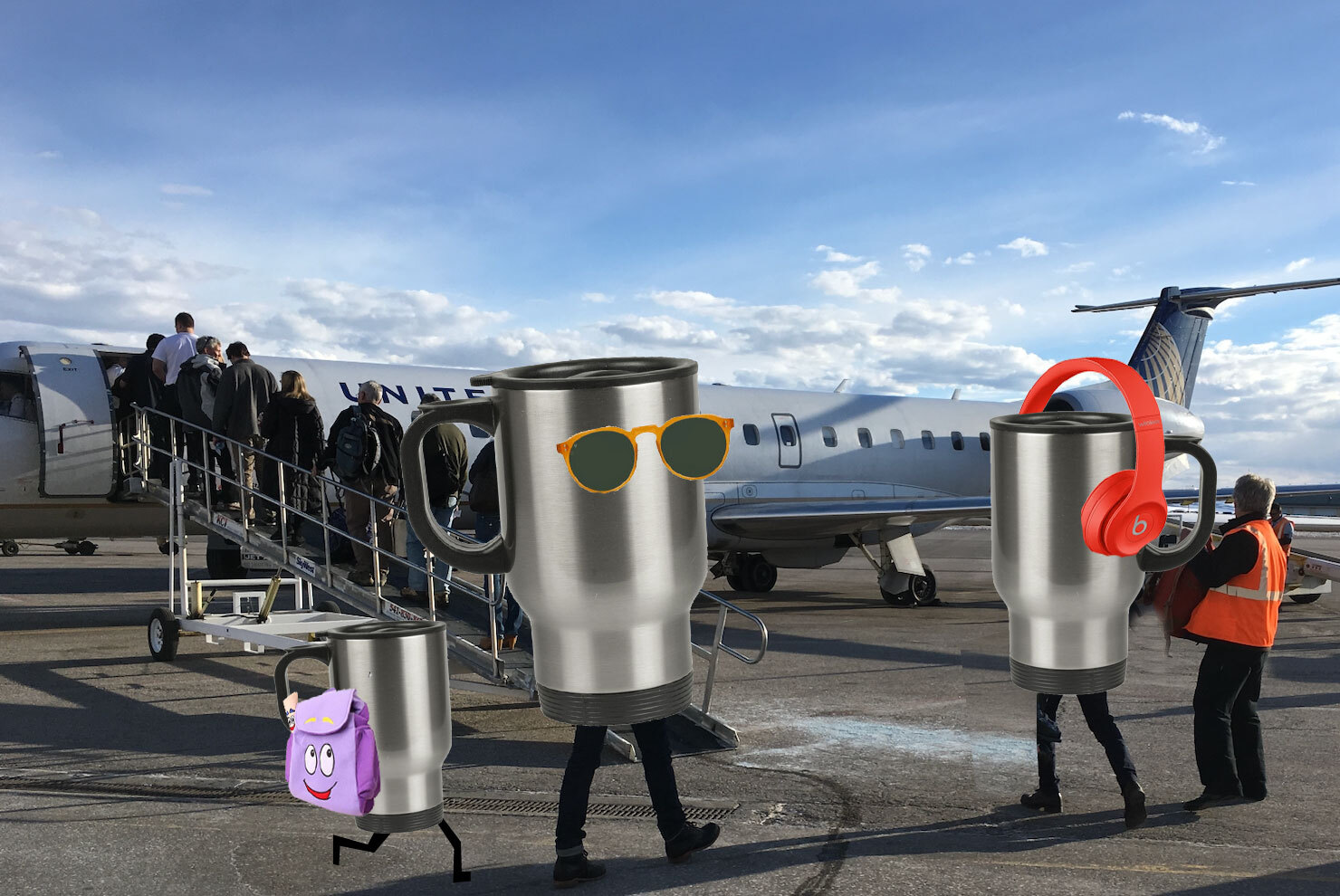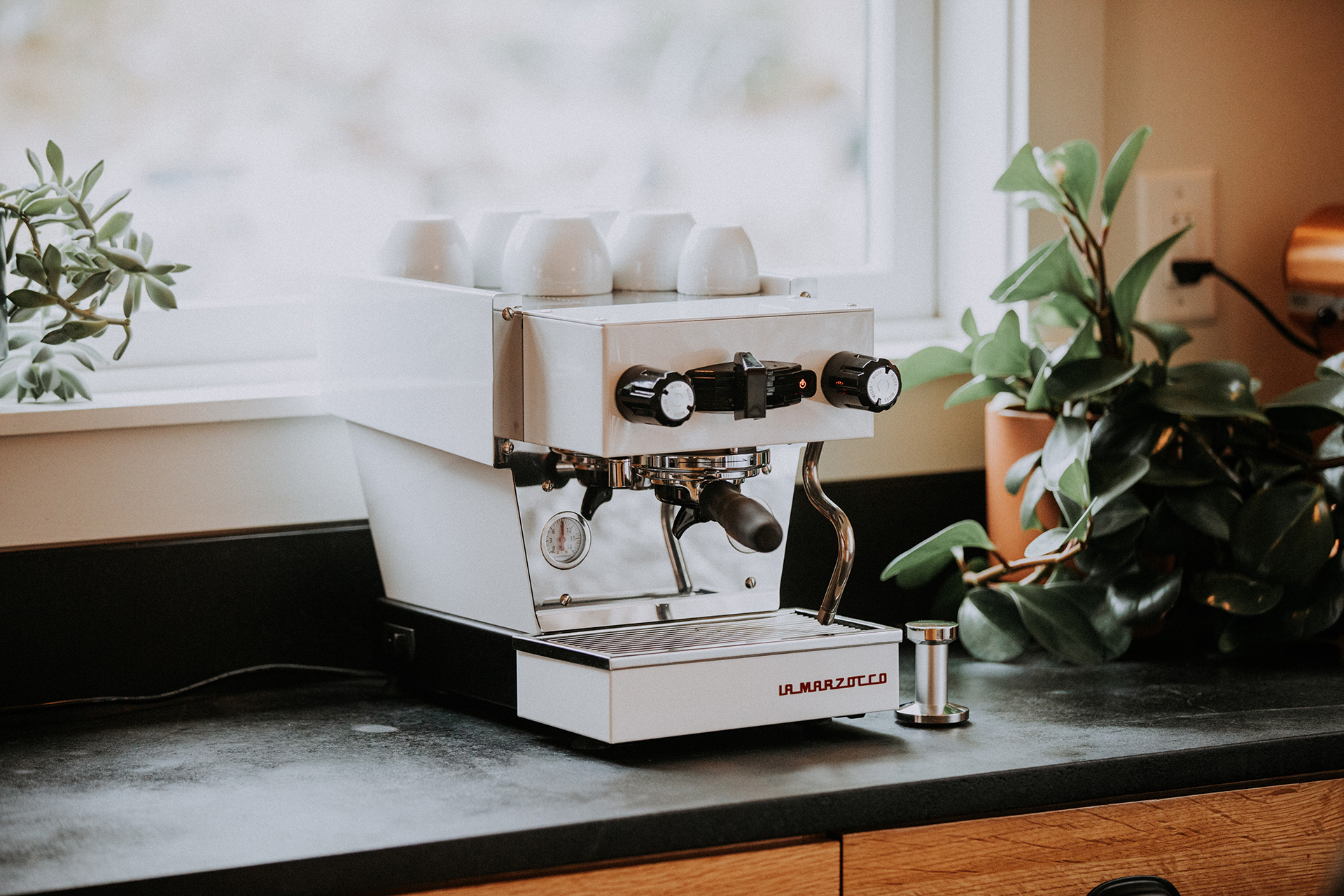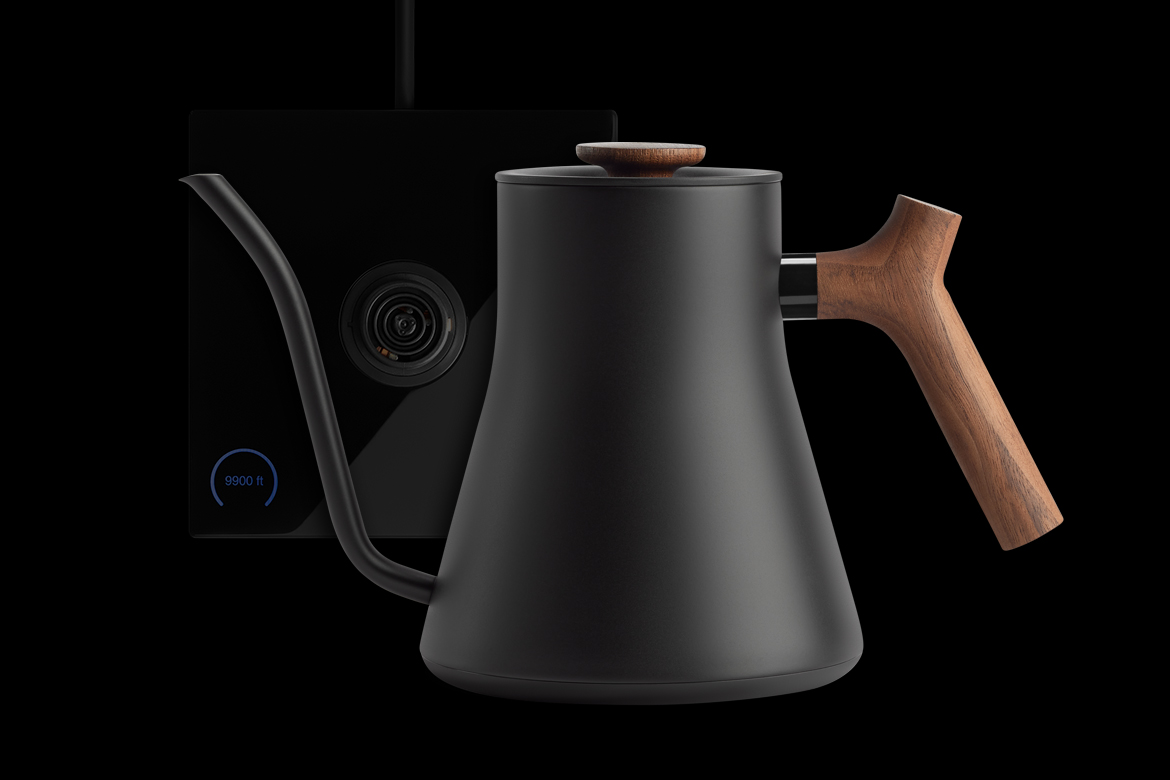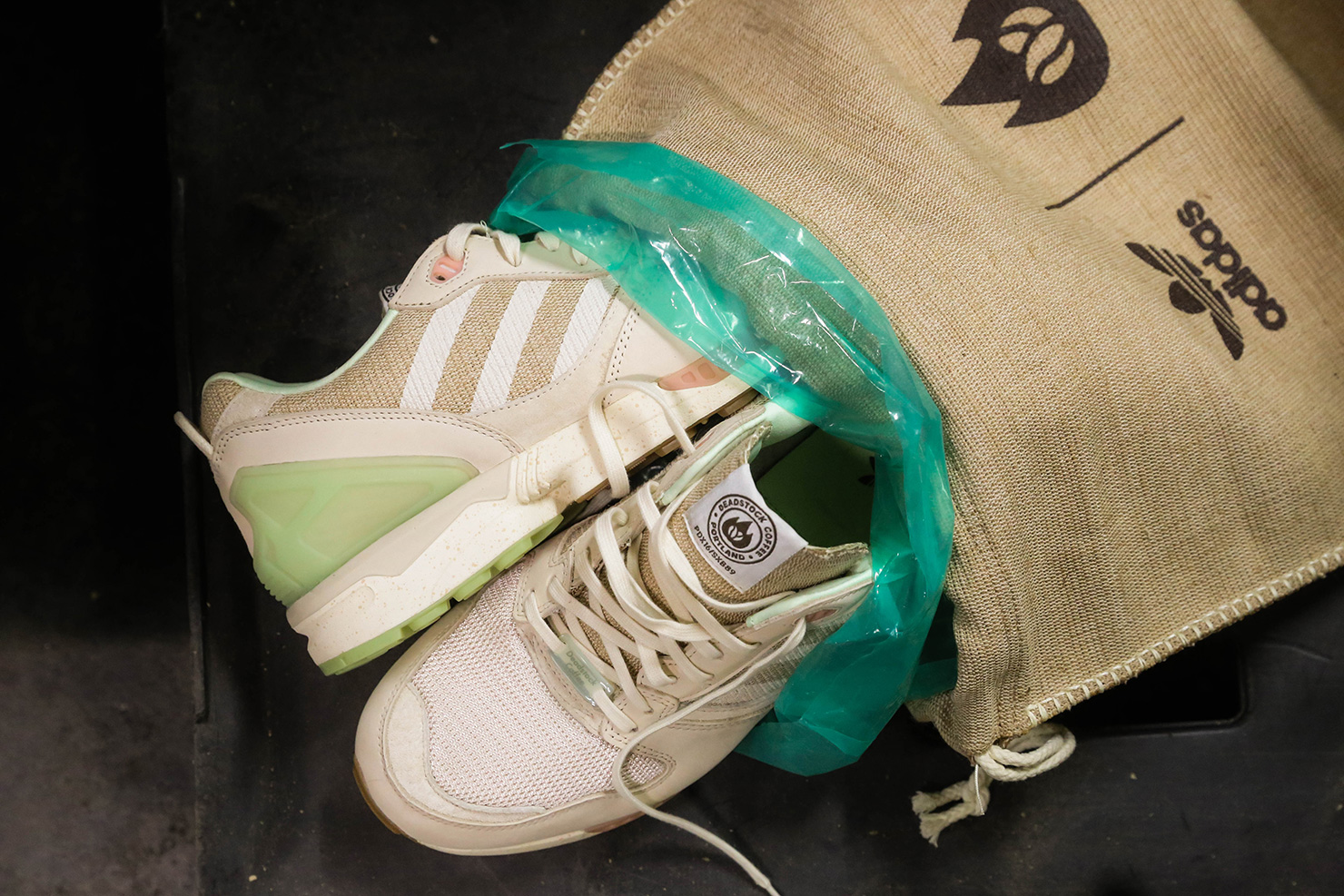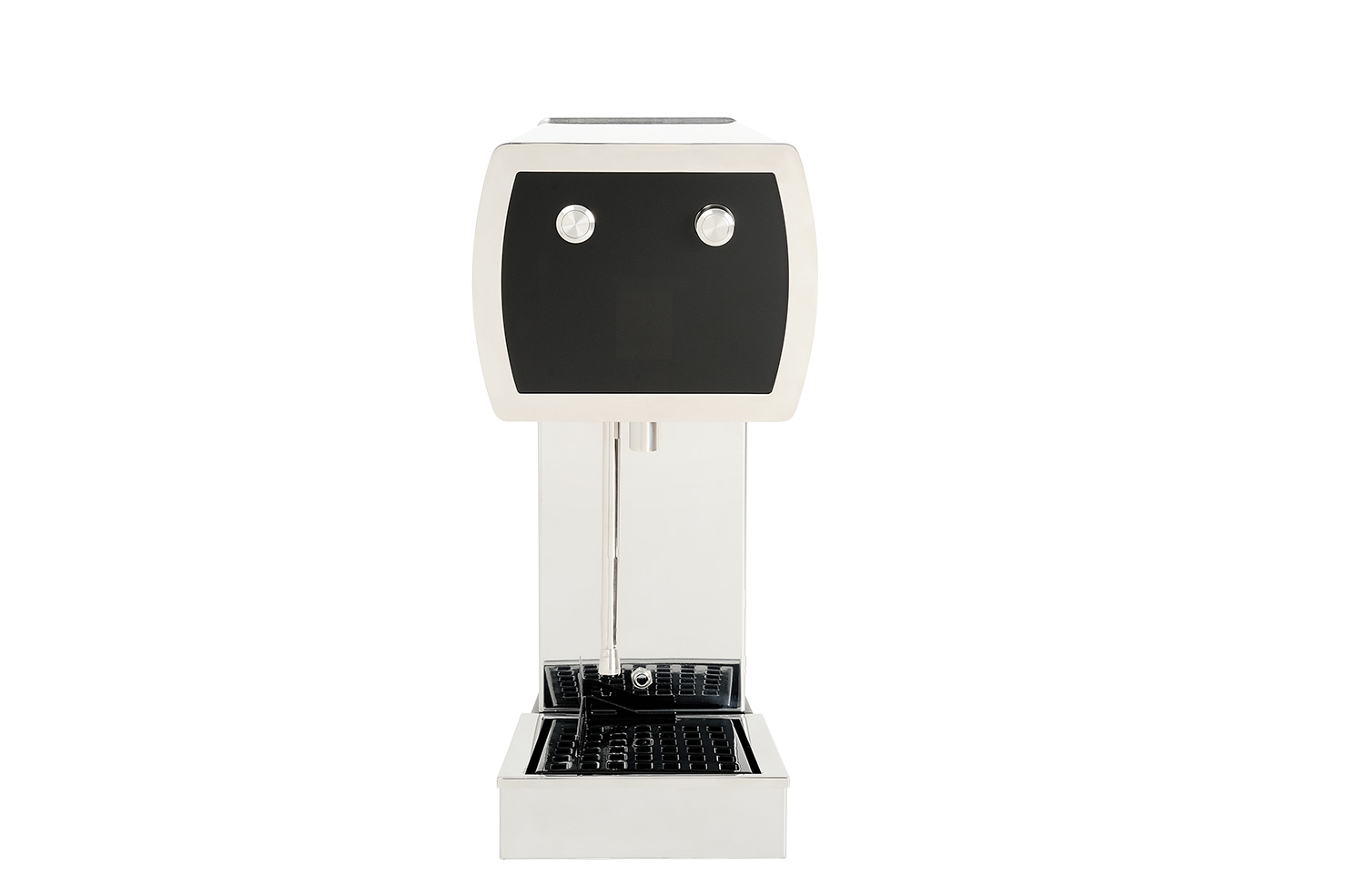We’ve been in various stages of COVID lockdown for over a year now, and if you’re like me, your home coffee consumption has shot up considerably in that time. All except for espresso.
Making cafe-quality espresso at home is the pinnacle of the home coffee bar. The feeling of pulling the perfect shot—or as close to it as anyone will ever get—is an unmatched experience, one that even making an amazing pour-over can’t beat (at least in my humble opinion). But beyond the many, many, many variables the home barista must account for when chasing the God shot, there is one factor even greater that keeps espresso out of the homes of more people: espresso machines are damn expensive.
When it comes to upping your home coffee game, it’s much easier to take a flyer on a new $50 pour-over device than to drop $1,000+ on an espresso machine (and often much, much more). Don’t get me wrong, we at Sprudge love a Linea Mini, but purchasing one of those is a full commitment to not just make espresso now but for years to come; an Italian-crafted home-purposed professional-quality espresso machine isn’t a purchase to get you through the pandemic, it’s a full-on lifestyle choice.
Luckily there is a third way. For those willing to put a little elbow grease into it, there are manual espresso machine options that offer cafe-level espresso—crema and all—at an affordable price point (read: affordable relative to traditional semi-automatic and automatic home espresso machines). These machines come in a range of shapes and sizes and utilize a variety of ingenious methods of producing pressure for the much sought-after nine bars needed for “real espresso.” We’ve rounded up seven of our favorites—and a few honorable mentions—with options for any budget.
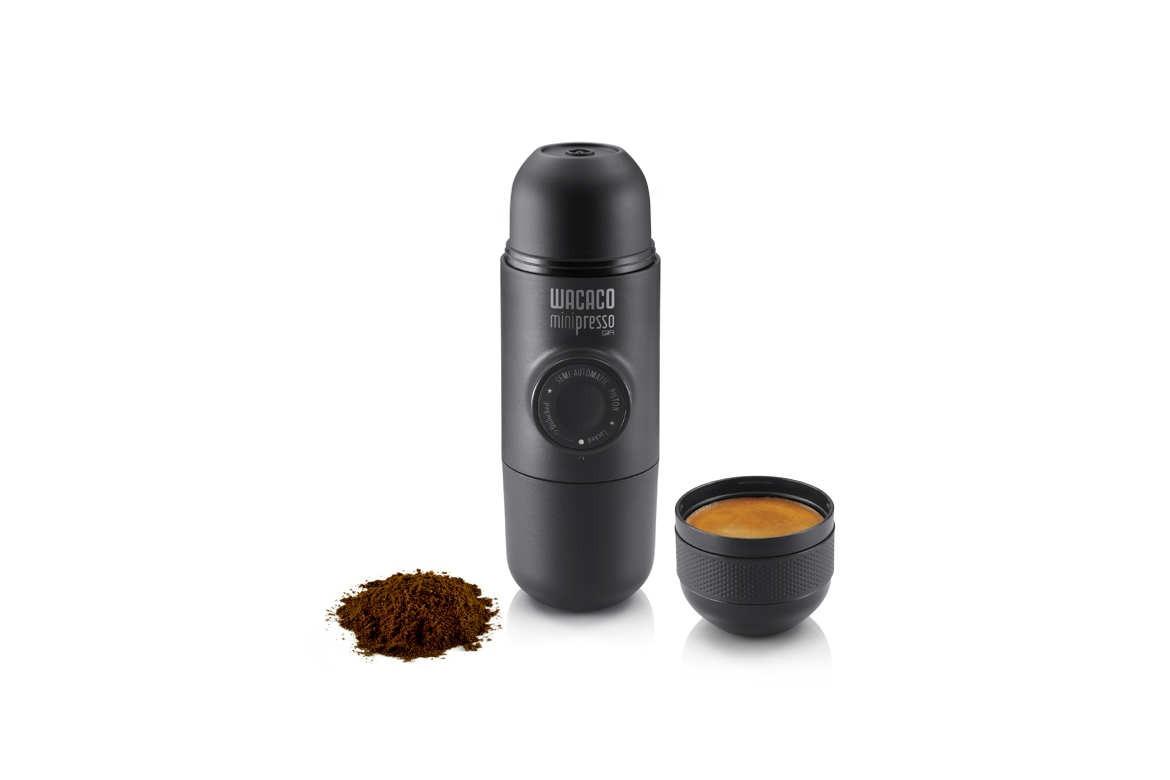
Minipresso
For many, manual espresso isn’t so much about how it can make espresso but where. Whether at work, traveling, or on an outdoor excursion, when espresso is a necessity, a portable espresso maker is a must. The Minipresso by Wacaco may just be the ticket for those times. Along with its even smaller counterpart, the Nanpresso, the Minipresso offers go-anywhere espresso thanks to a slim profile and piston-powered design. And at a very reasonable $50, it offers a great entry point to the manual market.
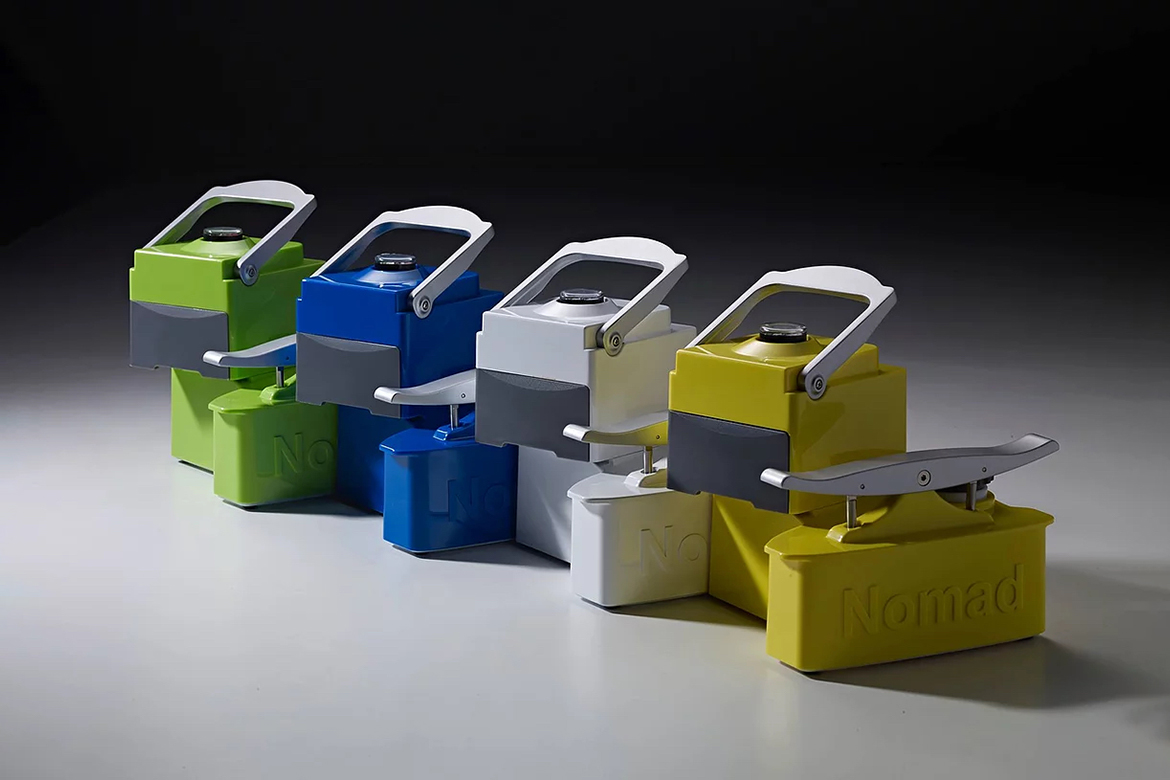
UniTerra Nomad
Portability can be a bit subjective. What I may consider lugging around in the name of crema may not pass muster for you. In this particular grey area lives the UniTerra Nomad. While not entirely unportable, the Nomad features a scaled-down espresso machine-type look in a range of very fun colors. The manual pump-powered machine offers pressure control via changes in pump speed and a True Crema Valve, a patented design that helps “compensate for coffee grounds and tamping variations.” Retailing for $295—though currently available for $235—offers an aesthetically pleasing and minimal enough design to earn its spot on the counter top, even if its portability is up for debate.
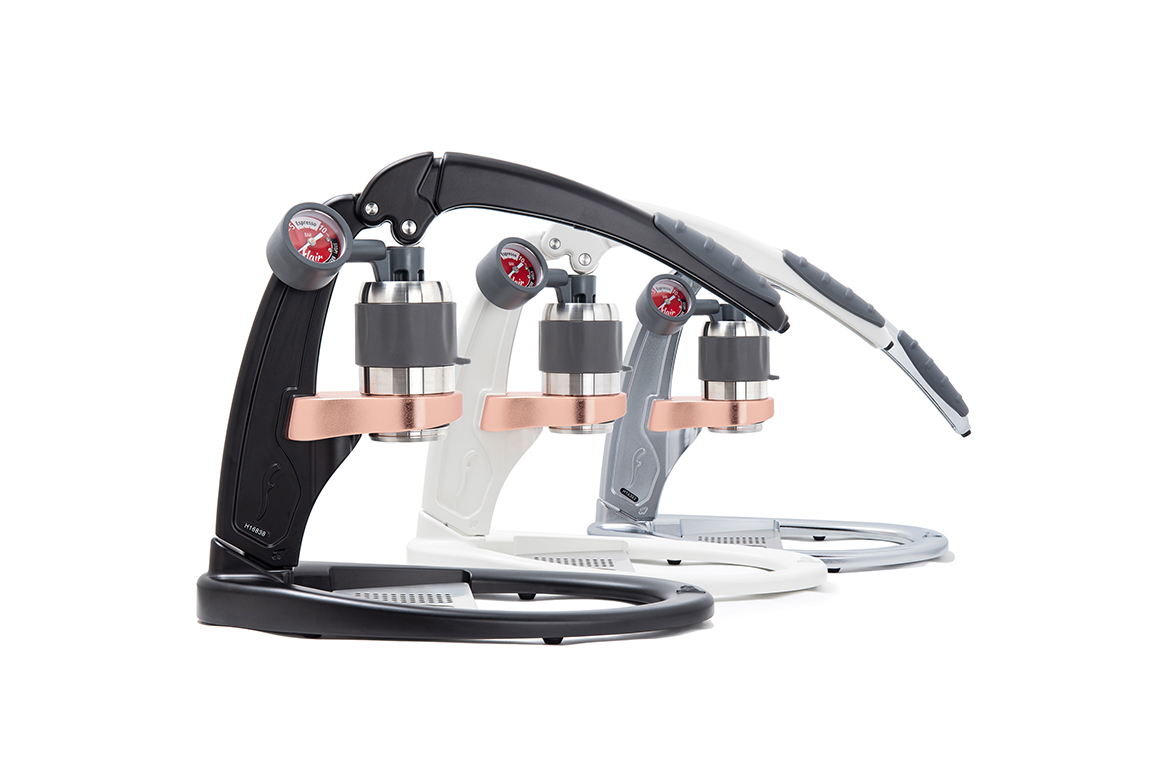
Flair Espresso
Manual and portable aren’t always synonymous for espresso machines, and the Flair is proof of that. The countertop lever machine is a bit of a Jetsons-esque mid-century modern statement piece for your kitchen. But it’s not just looks. Flair has the capabilities of making really, really good espresso with no need for electricity. Price options range from $119 for the Neo all the way up to $529 for the Flair 58, their latest and greatest (currently in pre-order).
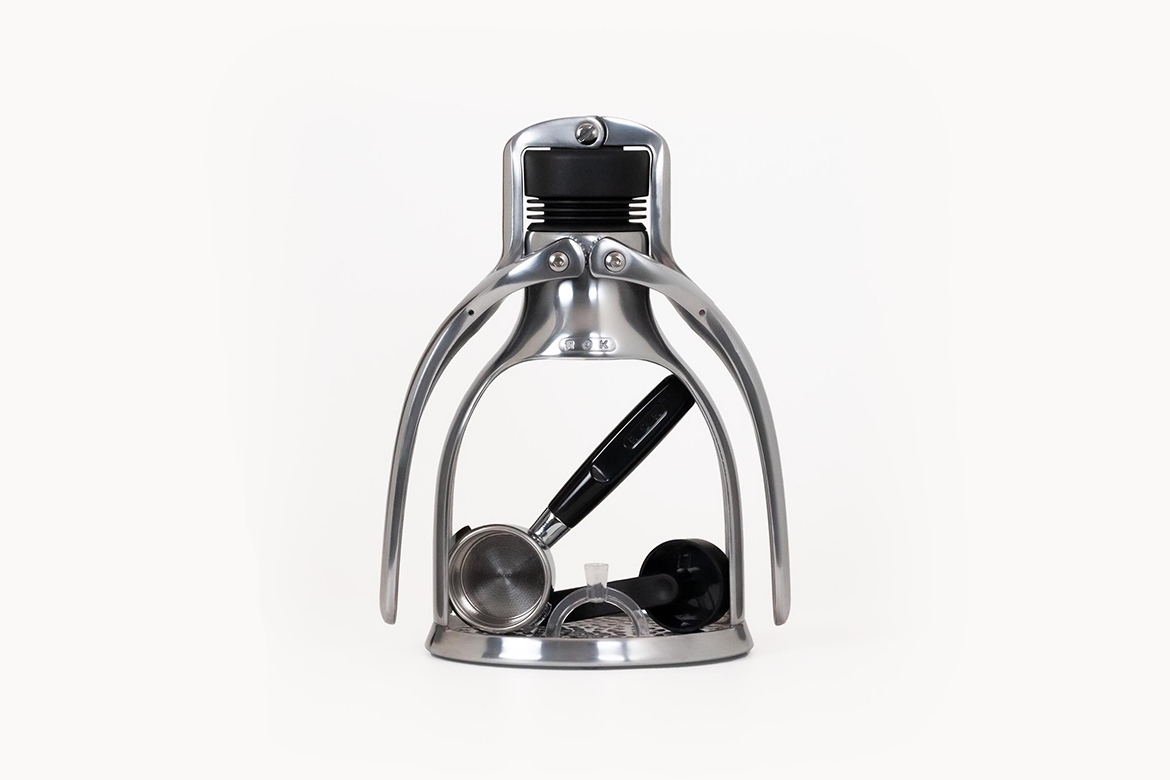
Rok Espresso
Cut from the same stationary cloth as Flair is Rok (stylized ROK). The countertop espresso maker also works on human power to create pressure, but the Rok uses a double-arm design—like squeezing a pair of hedge clippers—as opposed to the more traditional single lever. The Rok starts at $189 for just the espresso maker but complete bundles, manual grinder and all, can be had for $418.
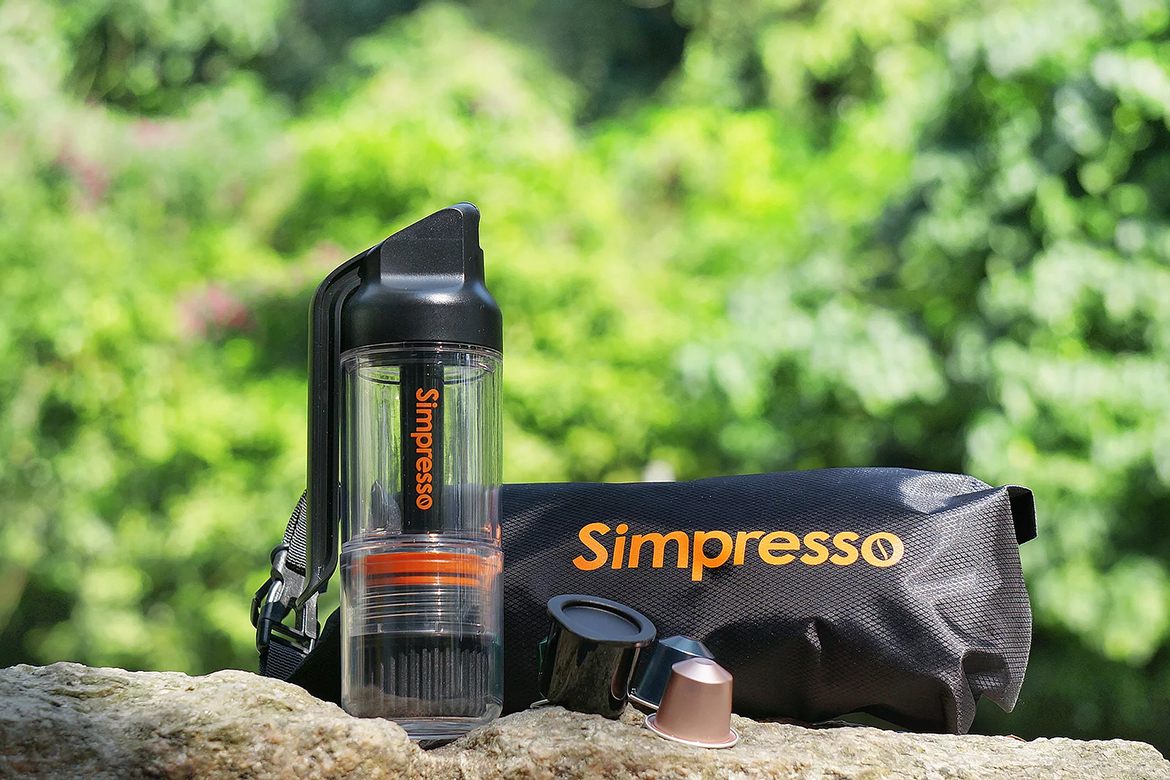
Simpresso
Along with the Minipresso, the Simpresso is in the running for most portable espresso maker on the market. The Simpresso uses pump power to achieve up to 20 bars of pressure. And for ultimate—if not slightly less eco-friendly—convenience, it also comes with an adapter to allow for the Simpresso to use Nespresso pods. The full premium travel setup runs $70 and makes for a light addition to any outdoor travel pack.
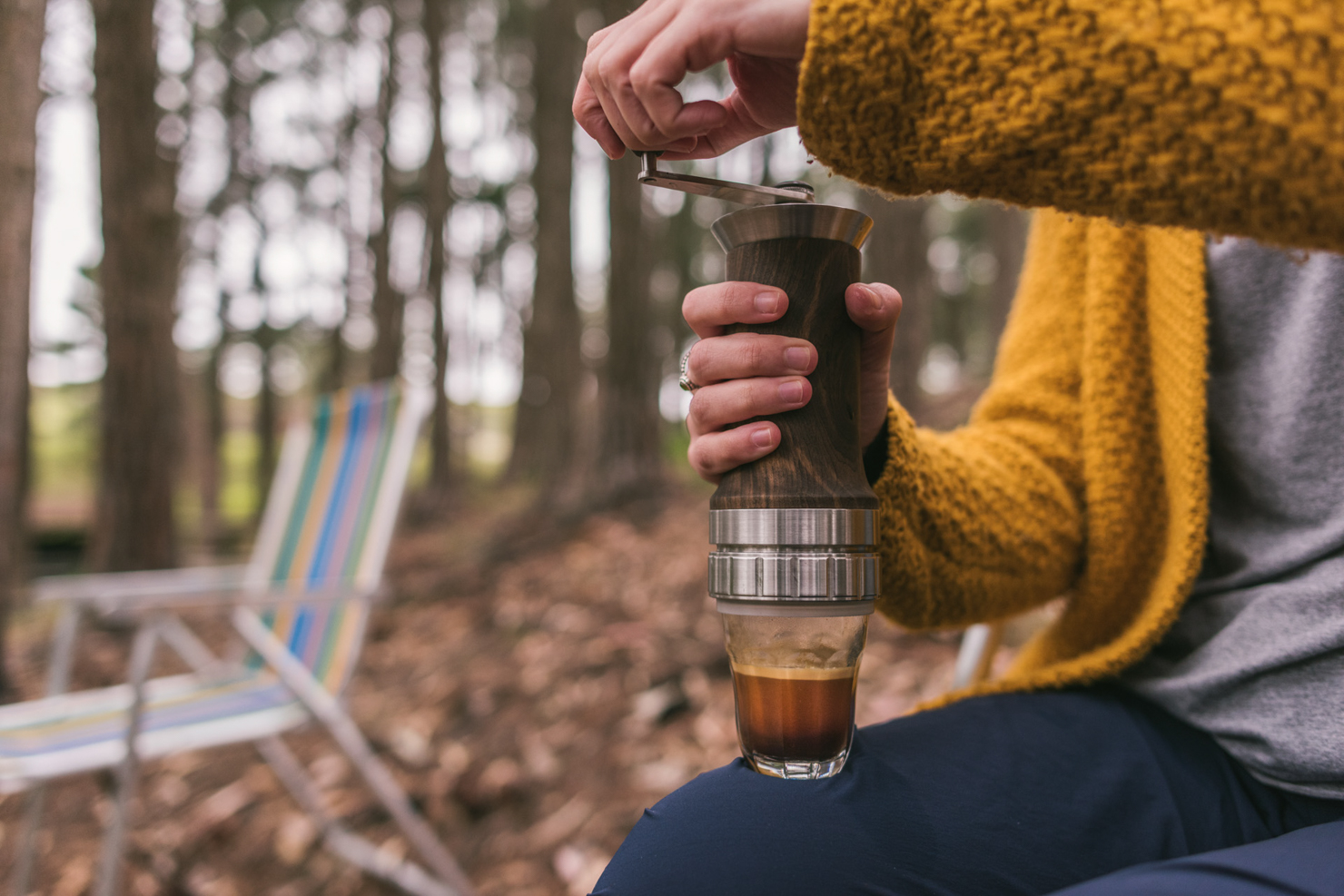
Aram
Perhaps the most beautiful of the manual espresso makers, the Aram blends portability and stunning counter appeal. Handmade in Brazil, the Aram is reminiscent of a hand grinder and offers a new take on creating pressure. Thanks to a threaded crank, you create pressure similar to how you would use a hand grinder, spinning the handle to build up pressure before releasing it into the coffee chamber. The Aram is small enough to pack for travel but good looking enough to otherwise leave on the counter in its optional stand. Retailing at just under $500, the true dual-purpose espresso maker is a bit of an investment but it very much worth it for those willing to make jump.
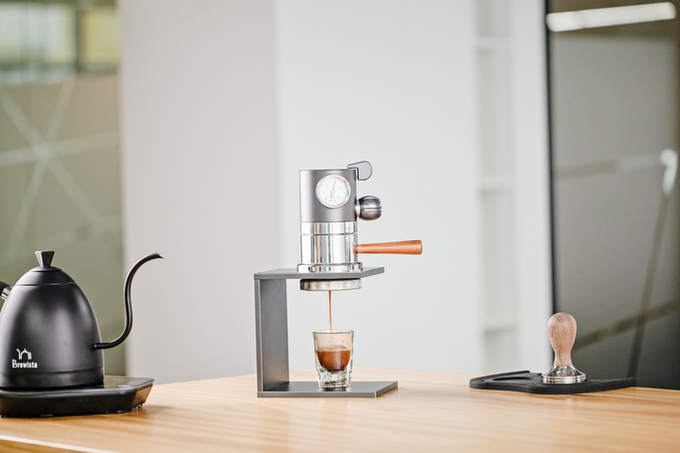
Xbar
The latest edition to the manual espresso canon is Xbar. We learned about Xbar via its Kickstarter campaign, where it has raised nearly $100,000 with a goal of just $5,000. While perhaps compact enough to travel, the Xbar seems better suited for home use, where its small footprint will make a nice addition to any countertop. What makes the Xbar so exciting is that it has introduced not one but two new ways to create the much-needed nine bars of pressure. Capable of using either a gas cartridge or hooking an air pump directly to a built-in Schrader valve, the Xbar is capable of achieving up to 12 bars of pressure. And thanks to a variety of controls, users can even pressure profile their espresso shots. The Xbar is set to retail for $300 but Kickstarter specials under $200 are still available.
Honorable Mention:
Moka Pot
While technically not able to make “true” espresso, no talk of the richer, denser variety of home coffee preparation is complete without a nod to the one that started it all, the Moka Pot. The stovetop brewer is beloved worldwide, especially in Italy where it was created, and has until the past few decades been the only real way to get anything approaching espresso at home. They’re inexpensive, durable, and timeless. It may not be the best way to make home espresso anymore, but no coffee collection is complete without one.
AeroPress
On its own, the AeroPress can’t really make espresso. It can get close and can make a host of wonderful filter-type coffee drinks. Luckily, a host of aftermarket accessories, have come to market—like Fellow’s Prismo, the Joepresso, and the Trestle—in the past few years that bridge the gap and allow the AeroPress to achieve true crema. If you already have an AeroPress sitting at the house, one of these attachments may be the only thing keeping you from making espresso at home.
Mypressi Twist
The inclusion of the Mypressi Twist was hotly debated in the Sprudge offices. Yes, it can make espresso. No, the company is no longer in business. Thus the conundrum. There are still a few grey market Mypressis floating around in cyberspace, but we can’t in good conscious give a full-throated recommendation to go pick one of those up. That sounds like a good way to lose an eye. Caveat emptor.
Zac Cadwalader is the managing editor at Sprudge Media Network and a staff writer based in Dallas. Read more Zac Cadwalader on Sprudge.




